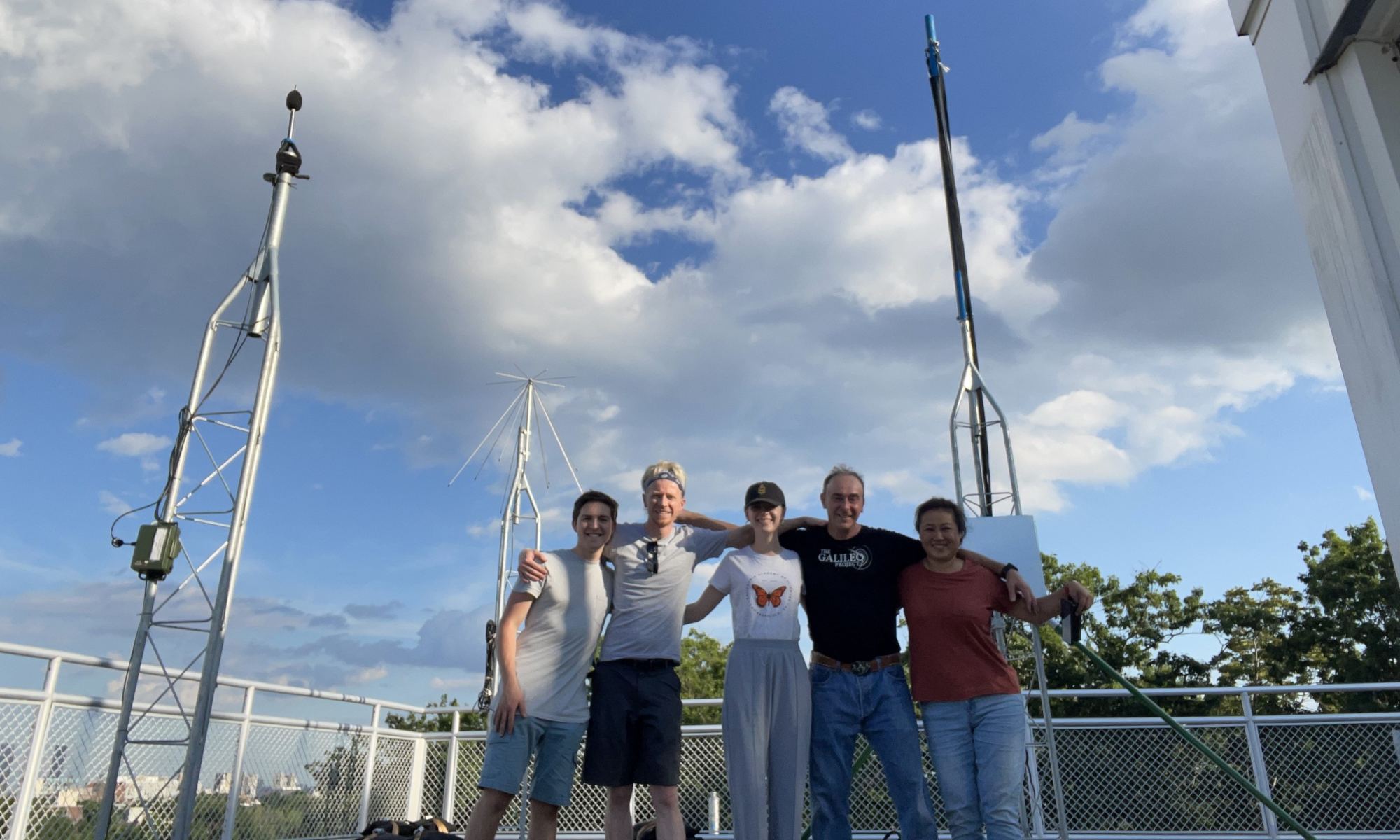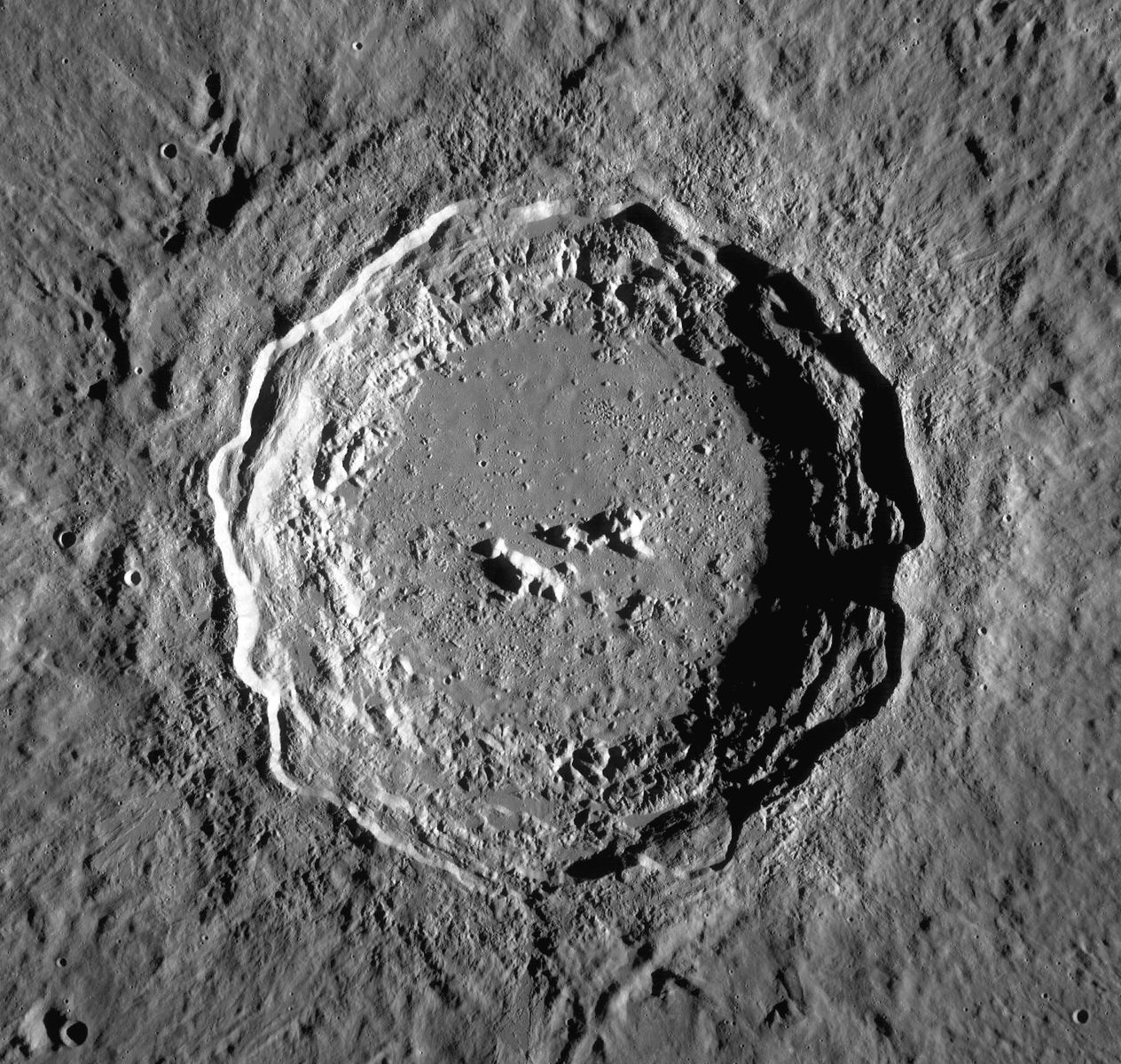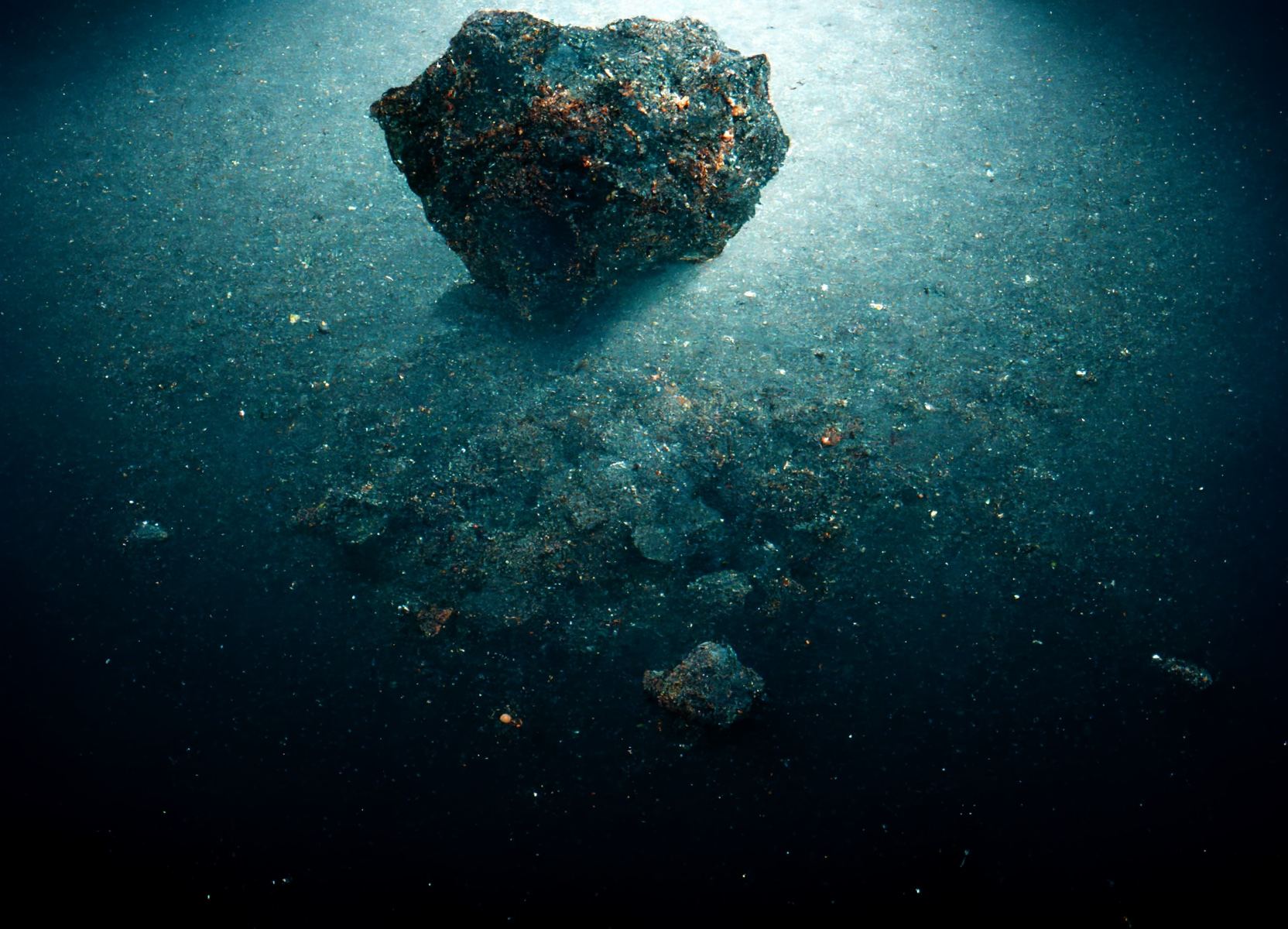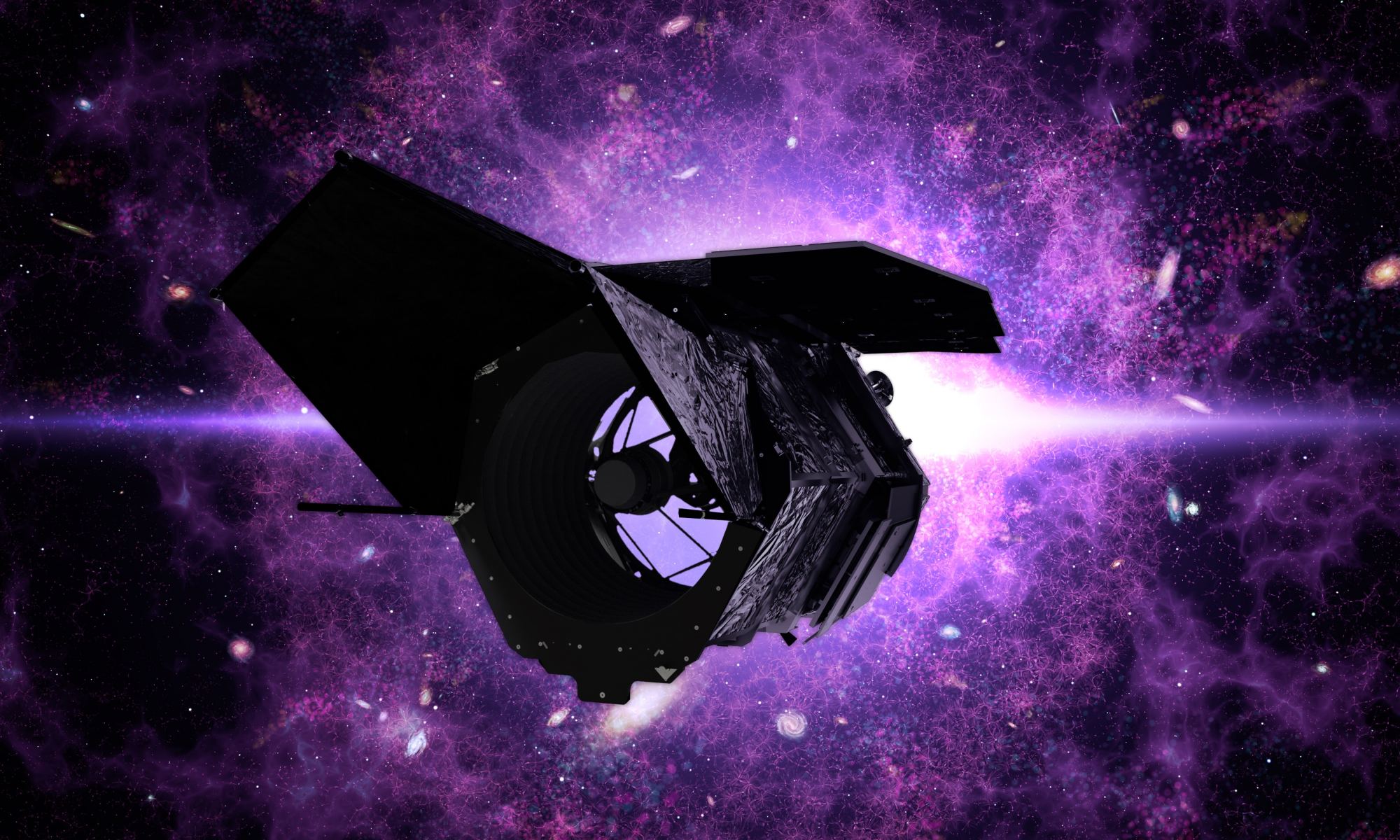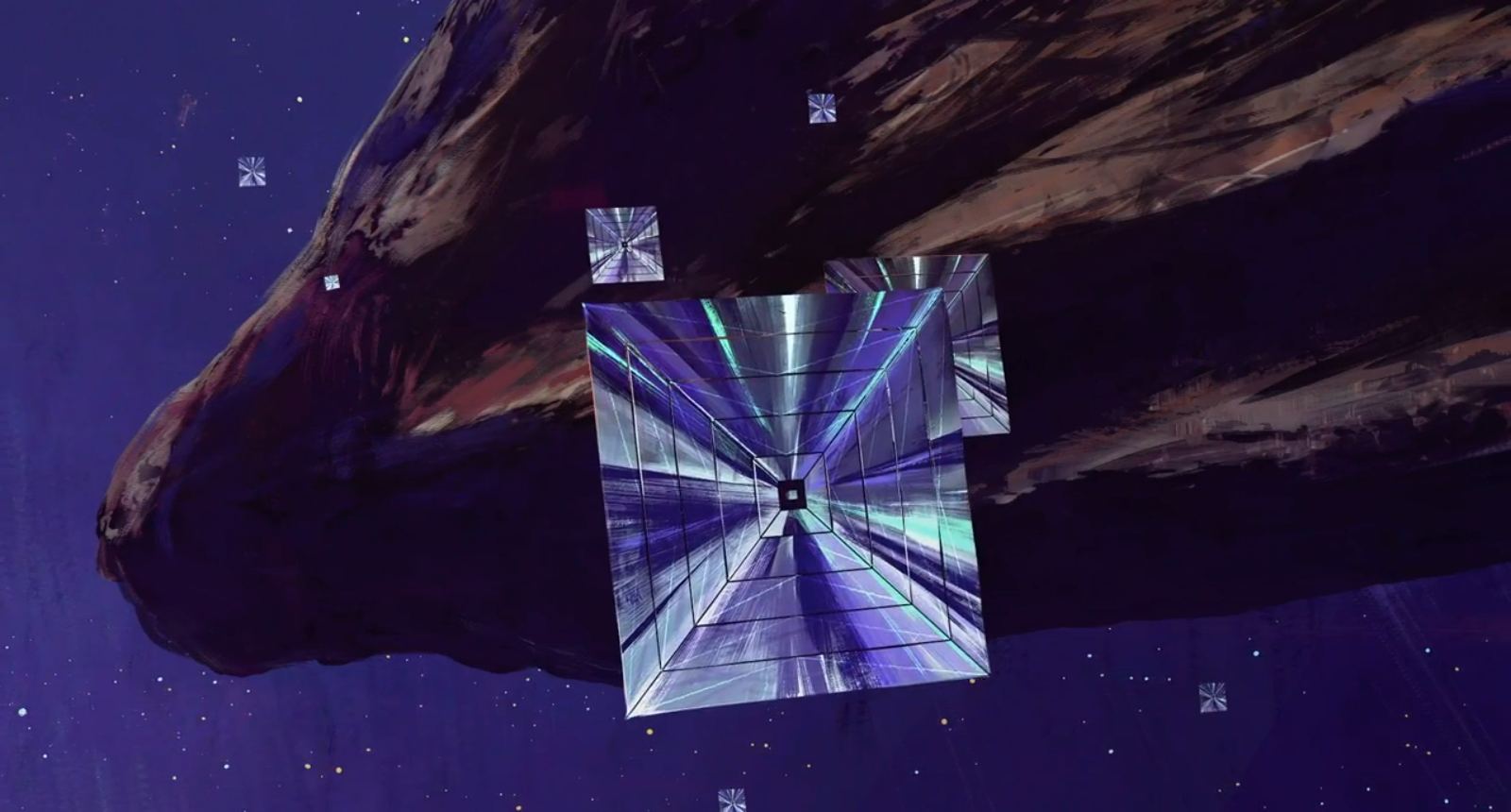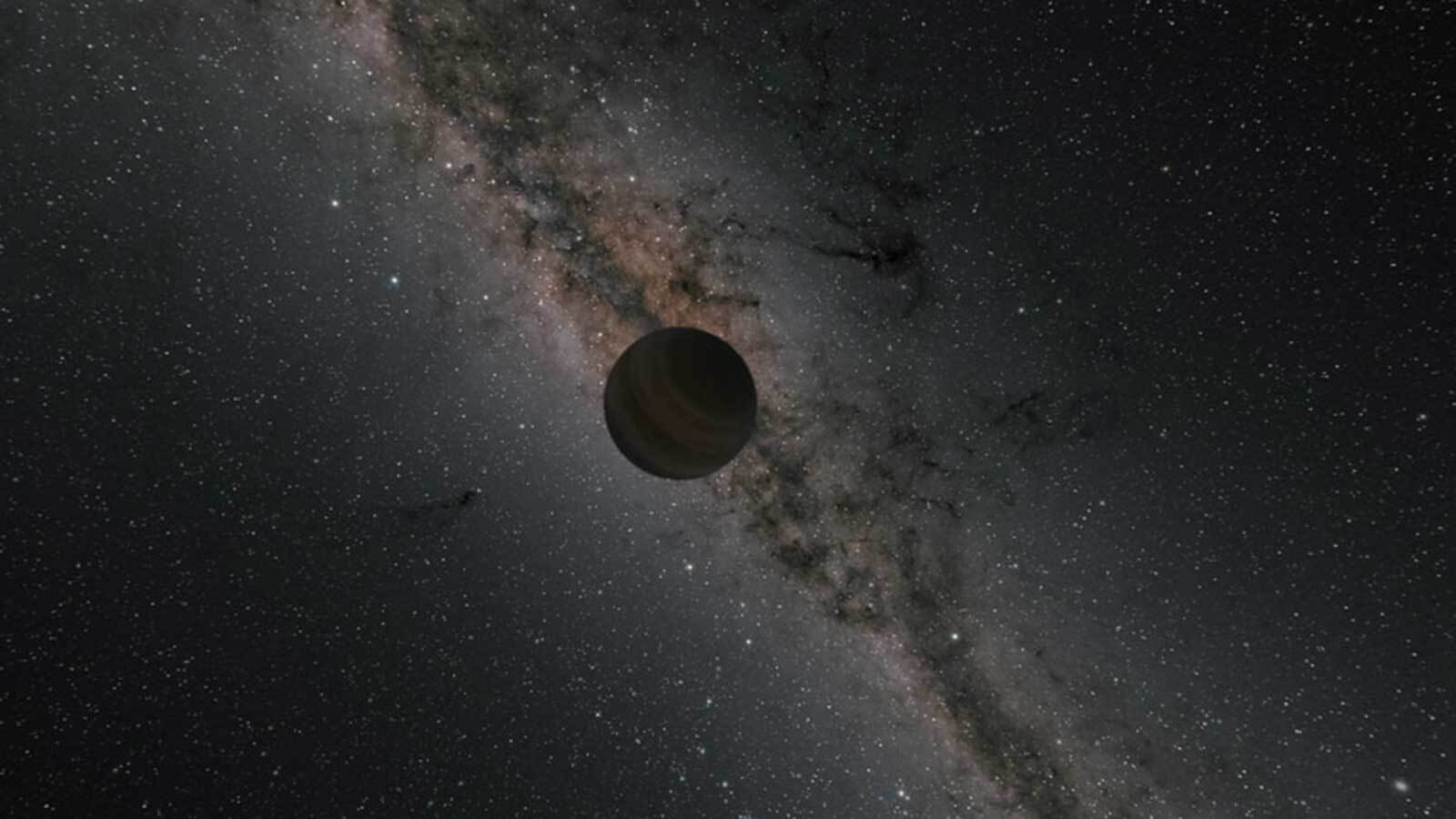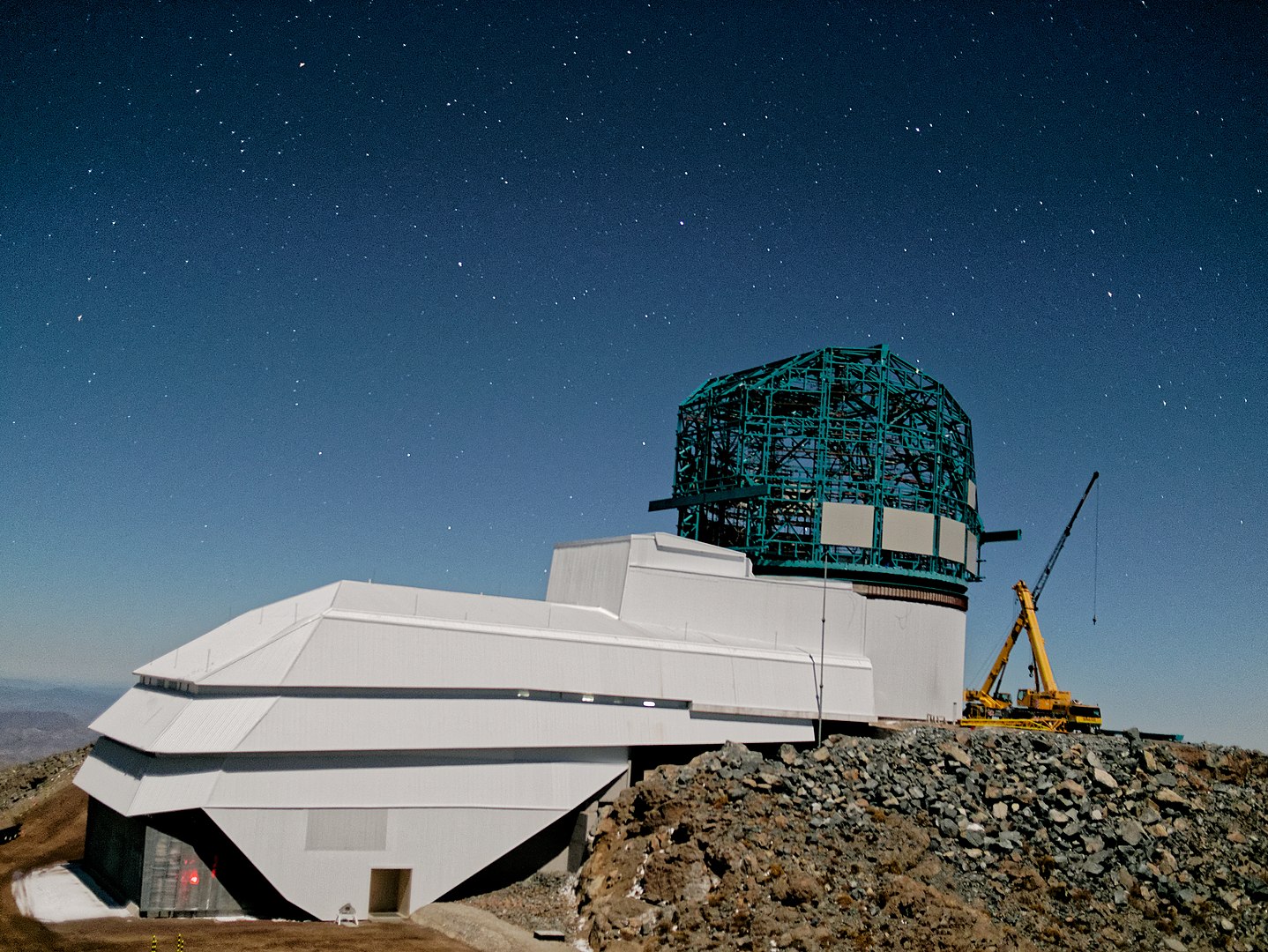Over sixty years ago, the first search for extraterrestrial intelligence (SETI), known as Project Ozma, was conducted. This campaign was led by legendary astronomer Frank Drake, which relied on the 85-1 Tatel Telescope at the Green Bank Observatory in West Virginia to listen to Tau Ceti and Epsilon Eridani for any signs of radio transmissions. Since then, the field of SETI has become more sophisticated thanks to more advanced radio telescopes, improved data analysis, and international collaboration. In the coming years, SETI will also benefit from advances in exoplanet studies and next-generation instruments and surveys.
In addition to examining exoplanets for signs of technological activity (aka. “technosignatures”), there are also those who recommend that we look for them here at home. Examples include the Galileo Project, which is dedicated to studying interstellar objects (ISOs) and unidentified aerial phenomena (UAP). There’s also the Penn State Extraterrestrial Intelligence Center, a research group dedicated to advancing SETI through the search for technosignatures. In a recent paper, they explain how future SETI efforts should consider looking for extraterrestrial technology in our Solar System.
Continue reading “Upcoming Missions Could Search for Ancient Alien Technology Within the Solar System”

